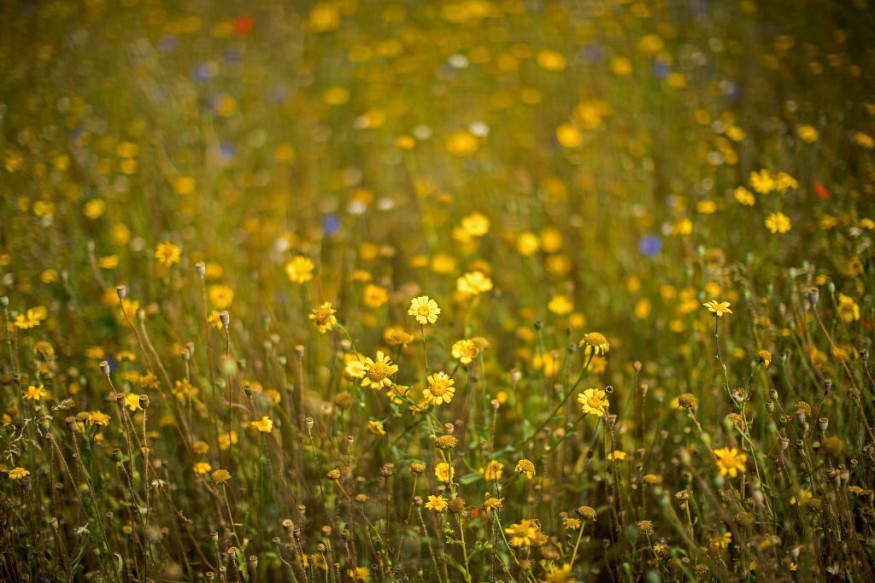The latest research found that wildflower meadows contributed significantly to addressing the problems of local biodiversity and climate change using nature-based solutions.
Climate change has been a crucial issue for environmentalists and scientists due to its environmental impact.
In Urban areas, the report noted that it could contribute to the pressing concerns of climate change and biodiversity.
As a result, nature-based solutions play a significant role in addressing or mitigating climate change and the impact of urban areas on local biodiversity.
Wildflower meadows: Nature-based solutions

According to the research published in Ecological Solutions and Evidence, the emergence of wildflower meadows in urban cities or communities is significant because of the nature-based solutions it provides.
The report was also published on Phys.org's website.
According to the study, researchers looked into the effects of wildflower meadows at King's College in Cambridge.
The researchers explained that the presence of the wildflowers meadow can help reduce greenhouse emissions.
The report noted that about 84% of Britons are in urban areas in the United Kingdom.
The country is also abundant in lawns and meadows.
However, the report said that the management of meadows and laws could be different, and the latter would require more time.
Researchers noted that wildflowers significantly impacted climate change mitigation with reduced maintenance.
The researchers further explained that the wildflower meadows could be smaller but significantly contribute to the environment, noting that it could help support three times the plants and other species.
According to the study published in the Ecological Solutions and Evidence, the research explained that meadow supports three times more bug species, bats and bug species.
King's Research Fellow Dr. Cicely Marshall led the study looking into the significant contribution of wildflowers to local biodiversity and climate change.
According to Dr. Marshall, introducing wildflower meadows is a success that benefits biodiversity and the environment.
Marshall is also a researcher at the Department of Plant Science at the University of Cambridge.
Aesthetic and mental well-being contribution
The presence of colorful wildflower meadows also helps with well-being, according to the report.
Planting wildflower meadows could have a helpful benefit for urban areas and communities compared to conventional lawns.
Wildflower meadows inspire people in urban areas to plant for the environment's well-being and biodiversity, the report showed.
According to the World Wildlife Fund (WWF), wildflower meadows are healthy for wildlife, adding that they could become a place for about 100 wildflowers.
Also Read : Poison Ivy Weed Control: 5 Ways to Remove Allergenic Plant From Your Garden Before It's Too Late
WWF noted that wildflowers are vital to provide food for pollinators, including bees and butterflies.
Pollinators play a valuable role in the environment, and wildflower meadows help with insects.
Furthermore, the meadow's rooting system can assist in mitigating potential flooding.
Although wildflowers are vital, the report noted that about 97% of wildflower meadows have been lost in the United Kingdom since 1930.
With the significant contribution of wildflower meadows, communities should consider planting in their areas.
As mentioned in the research, it helps with the local biodiversity and mitigates climate change.
Unlike lawns, wildflower meadows require less maintenance.
Related Article : 40,000 Plant Species Save at Kew's Millennium Seed Bank To Address Food Security, Conservation
For more similar, don't forget to follow Nature World News.
© 2025 NatureWorldNews.com All rights reserved. Do not reproduce without permission.





